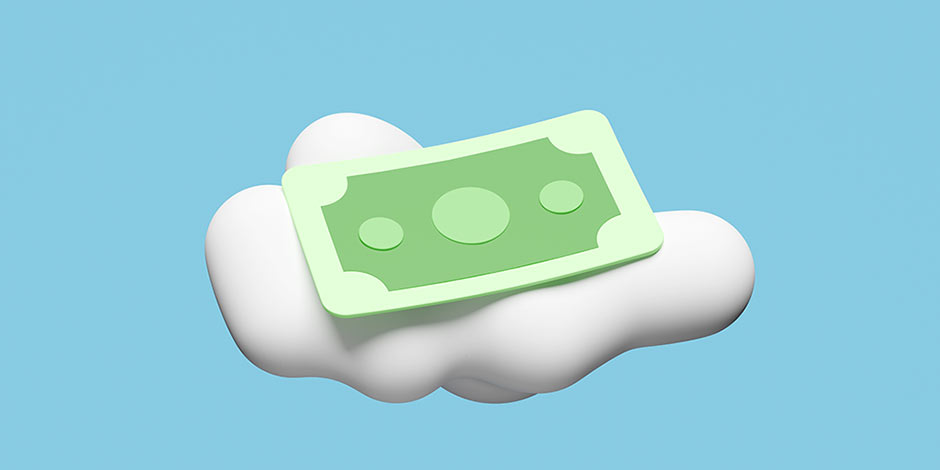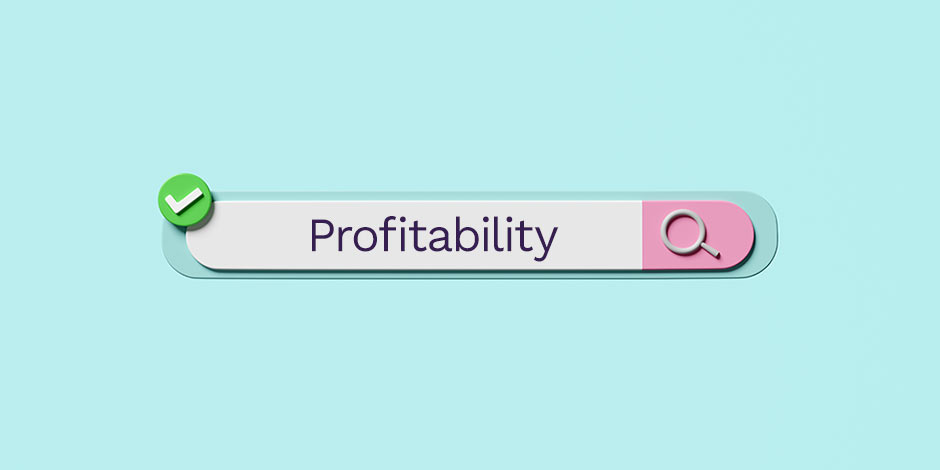The fastest way to ruin a business is to grow revenue without also growing profit. No matter how much net new revenue you create, your company will not exist for long without profit.
When Adam Neumann resigned from WeWork, it was reported that every client they brought into one of their facilities came with a loss of a little over $5,000. Even though the company was signing long-term leases and spending money on construction, WeWork’s valuation fell from around $40 billion to something closer to $9 billion.
The strategy for many disruptor companies is called a land grab, with the primary goal being to acquire customers as fast as possible, preventing their competitors from adding them.
The WeWork model is excellent, and the WeWork locations are incredibly nice. Most of the competitors WeWork spawned are also nice work environments. But no company can survive without being profitable enough to be a going concern. The reason WeWork still exists is that the investors stood to lose so much money they couldn't let it fail. There is an old saying that, "If you owe the bank $5 million, they will let you fail. If you owe them $50 million, they will ensure you stay in business."
You can live weeks without food, but only a few days without water. Revenue is like food, and profit is like water.
Net New Revenue or Die
One of the ways sales organizations increase their net new revenue is by lowering their prices to make it easier to acquire clients. This isn’t always a bad idea, as long as your profit margins are sufficient to ensure that you can serve your clients effectively and invest in the business. However, it's essential to focus not just on increasing revenue but on generating profitable revenue. Some leaders prioritize revenue growth without considering whether it aligns with the profitability needed to sustain long-term business health.

It's often true that the larger the client, the more the sales organization will pay to acquire it. One way to think about this is to recognize that the sales organization is subsidizing the client by covering the difference between the profit they collect from the new client and the profit they would have collected, had they not decided to provide the subsidy.
It may make sense to lose a few points of profitability to acquire a client, but it might also be a terrible decision when profitability is lower than the lowest profit you can accept from any client.
Stepping onto the Slippery Slope
One client that produces net new revenue with a low profit margin may not be a problem. In fact, it's sometimes a good idea. When the exception turns into a rule, you step onto the slippery slope and go careening off the edge of the cliff.

When it proves easy to acquire net new revenue by reducing the investment you require from your client, it's easy to justify repeating that same strategy, as everyone loves net new revenue and growth. It is natural that the sales force that has permission to reduce prices to acquire clients will continue to ask their sales managers and sales leaders to allow this. It makes it easier to acquire clients and net new revenue, but while revenue is growing, profit margins shrink.
Going into June 2022 inflation is around 8%. Gas prices are the highest they've ever been in the United States. There are supply chain issues and the lowest unemployment numbers in over 50 years. Employers are increasing pay rates to acquire the talent they need and passing the costs to their clients. Wholesale prices are up around 11%.
Your company cannot spend the revenue it receives from your clients or customers; it can only spend the profit.
In Search of Profitable Net Revenue
In my time in sales, I have turned down hundreds of millions of dollars of net new revenue because the profit margin was too low to be acceptable. During that same time, I have provided a lower investment to large clients, as long as they were in the range of profitability that would allow my company to support them and take care of our company.

You might like Coke, and you can drink as many as you want, but you will gain nothing that might be considered nutrition. It's all empty calories. The same is true when you prioritize revenue so much that you are willing to go without the profit your company requires.
One of the most important things sales leaders and sales managers need to do is to protect the company's business model, by teaching the sales force to sell in a way that allows them to win very large clients without stripping out the profitability that the company needs to deliver. Moreover, sales leaders need to prevent having to subsidize clients to win their business.
There is a difference between a strategic concession that doesn't harm the business and a concession that is being made because the sales force is unable to win large deals at an acceptable profit margin. It's best if the client pays for the better results they need. In fact, it's better for every client to pay for the results they need.
Every deal should be one that generates profit in line with the revenue it creates, contributing to your company's overall profitable growth. If that requires you to change your approach, it will enhance your ability to command the price needed to ensure that your company achieves the profit necessary to support both your clients and your business. If you find it challenging to sell at a higher price, consider the difficulties of selling at a lower price, which can prevent you from differentiating your approach and achieving the better results that drive sustainable, profitable growth.








.jpg?width=768&height=994&name=salescall-planner-ebook-v3-1-cover%20(1).jpg)


